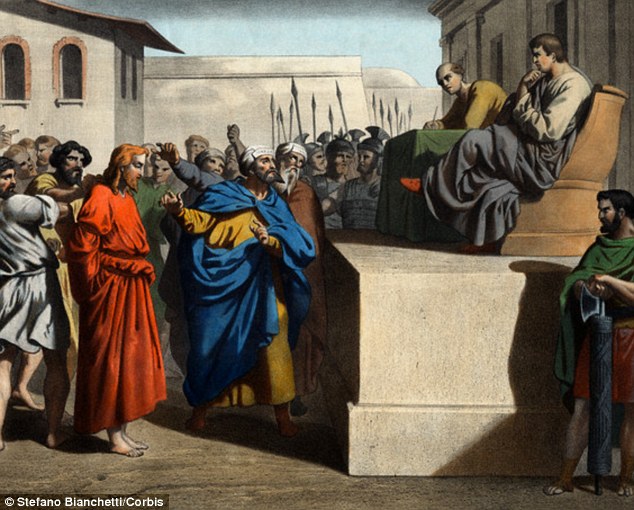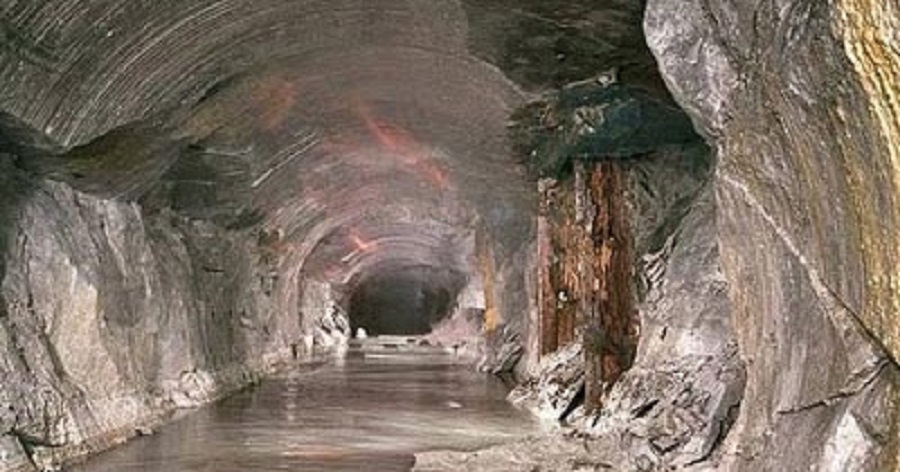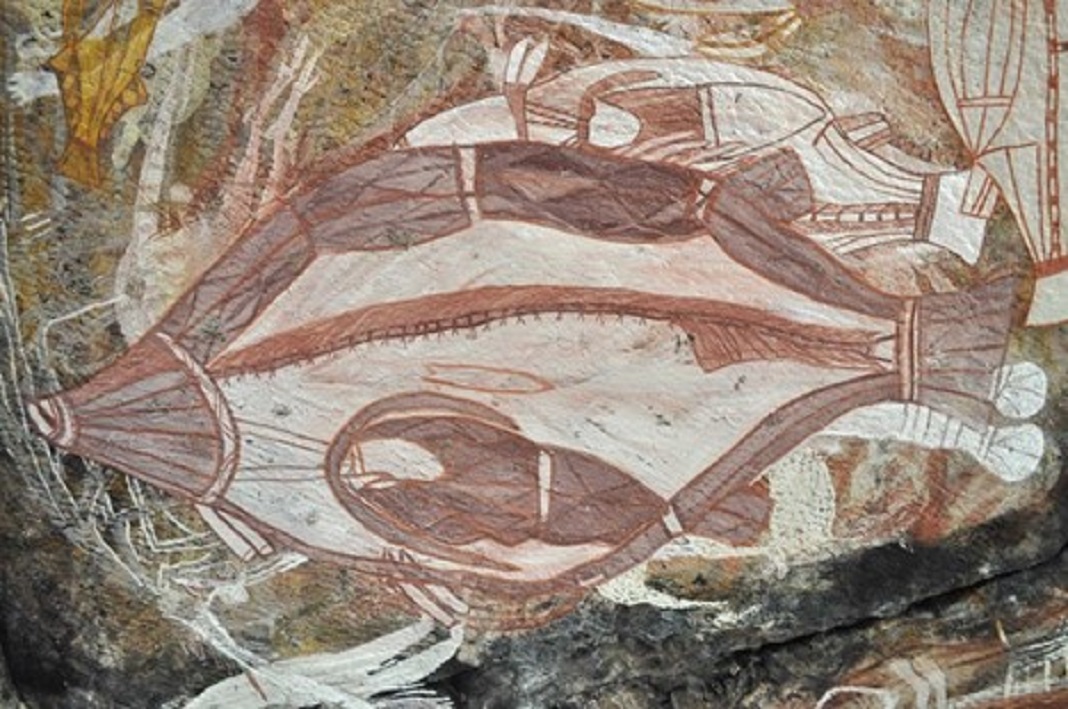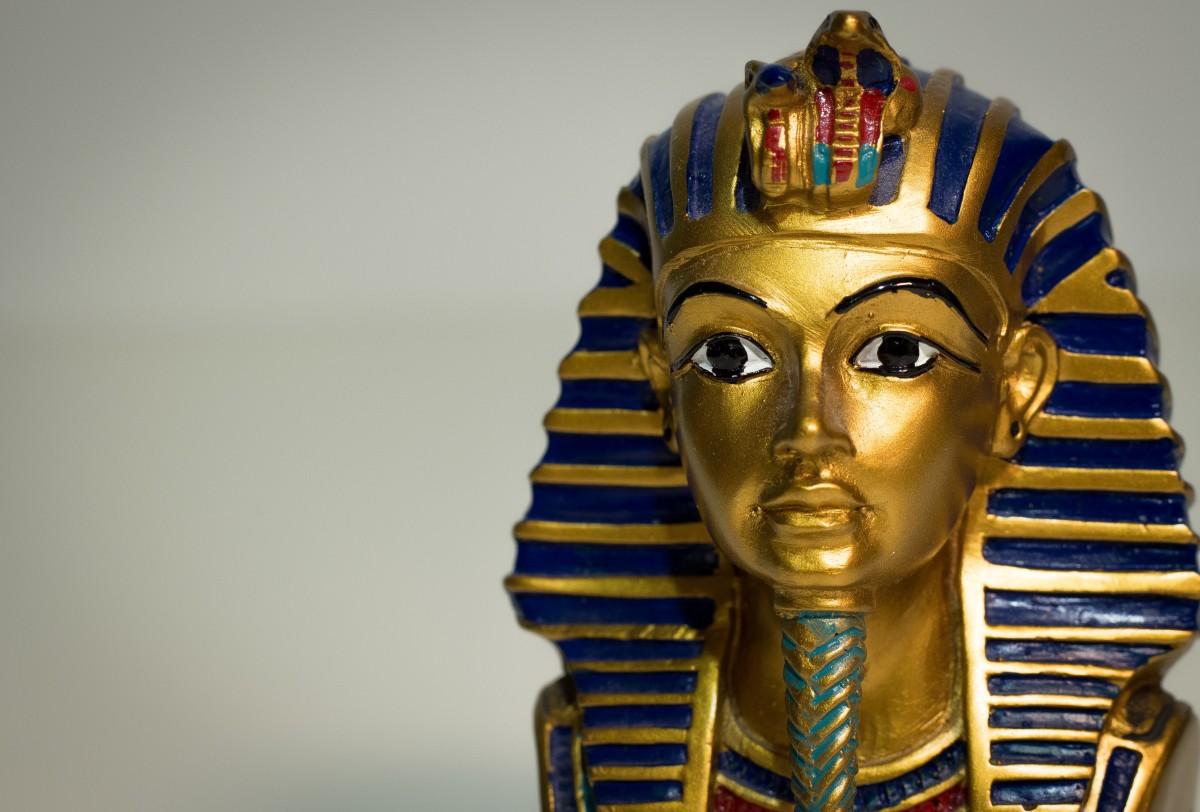Archaeologists say that the features of Herod’s palace, which was later used as a prison, fit the description of Jesus trial in the Gospel of John. The site, located between a gate and a portion of the sidewalk, is close to the Tower of David. And the pilgrims and tourists will be able to visit the seat of biblical soon, informs Daily Mail.
The exact place where Jesus stayed during the trial in which he was sentenced to death is uncertain, but it seems that Jerusalem archaeologists have been able to identify it.
Discovered 15 years ago, the ruins of the great palace of Herod were carefully examined, and a place between a gate and a piece of uneven pavement has been identified as being similar to the event described in the Gospel of John.
Historians agree in large part, that Herod’s palace is located in the west of old center of Jerusalem’s. But the debate goes around the idea that Jesus was condemned to death by Pontius Pilate inside or outside the palace. This confusion is caused by the different interpretations offered by the Gospels.
John’s Gospel shows that Jesus’s trial took place near a gate and an uneven pavement, and some archaeologists, including Shimon Gibson, professor of archeology at the University of North Carolina, believes that they found the place inside the palace.
“Of course, there is no inscription stating that happened here, but everything – archaeological, historical and biblical statements – indicates this place,” says Gibson.
David Pilegii priest said that this discovery confirms ”all expectations, that the trial took place near the Tower of David “.
However, not all experts in the field are convinced of the new discovery. Some say that in the use of the word ”praetorium” in the Bible – which in Latin appoint the general tent nestled in a military camp – suggests that the trial took place in Fortress Antonia. This is in the north-east of the old city, near the Temple Mount.
Despite all the uncertainties, it is believed that the prison will become a place of pilgrimage and will enter the tourist circuit area .
Herod, a tyrant king passionate of sumptuous architecture
Herod was born approx. 73 BC, and was the governor of Galilee until 40 BC. After the Parthian empire conquered Judea, which was under the Roman control in that time Herod fled to Jerusalem. He tried to flee to Petra, where it was originally believed that his mother was from, but then he was called the King of Jews by the Roman senate. With roman support, managed to conquer the kingdom back, three years later, starting the building of a giant fortress to 16 kilometers south of Jerusalem ten years later.
In December, the archaeologists discovered the entrance and corridor that lead into the fort, which was built from 23 to 15 BC. and contained a palace and a small town, where it is believed he was buried.
Archaeologists say that this corridor was part of Herod’s plan to transform this space into a large artificial hill shaped as a volcano, an impressive monument dedicated to the architect-king. Experts believe that the palace was built by builders and developers with the help of slaves, and was made of four towers. The site is the highest point in the jew desert, rising to 758 meters above the sea level.
Bible stories show that when the news of the birth of Jesus reached the ears of king Herod, he ordered that all newborn babies in Bethlehem to be killed. The Bible portrays him as a tyrant king, obsessed with power.
Herod died in Jericho, in the spring of year 4 AD, killed by a disease named “Herod’s Evil” – which is believed to be a combination of cirrhosis, hypertension and diabetes.









